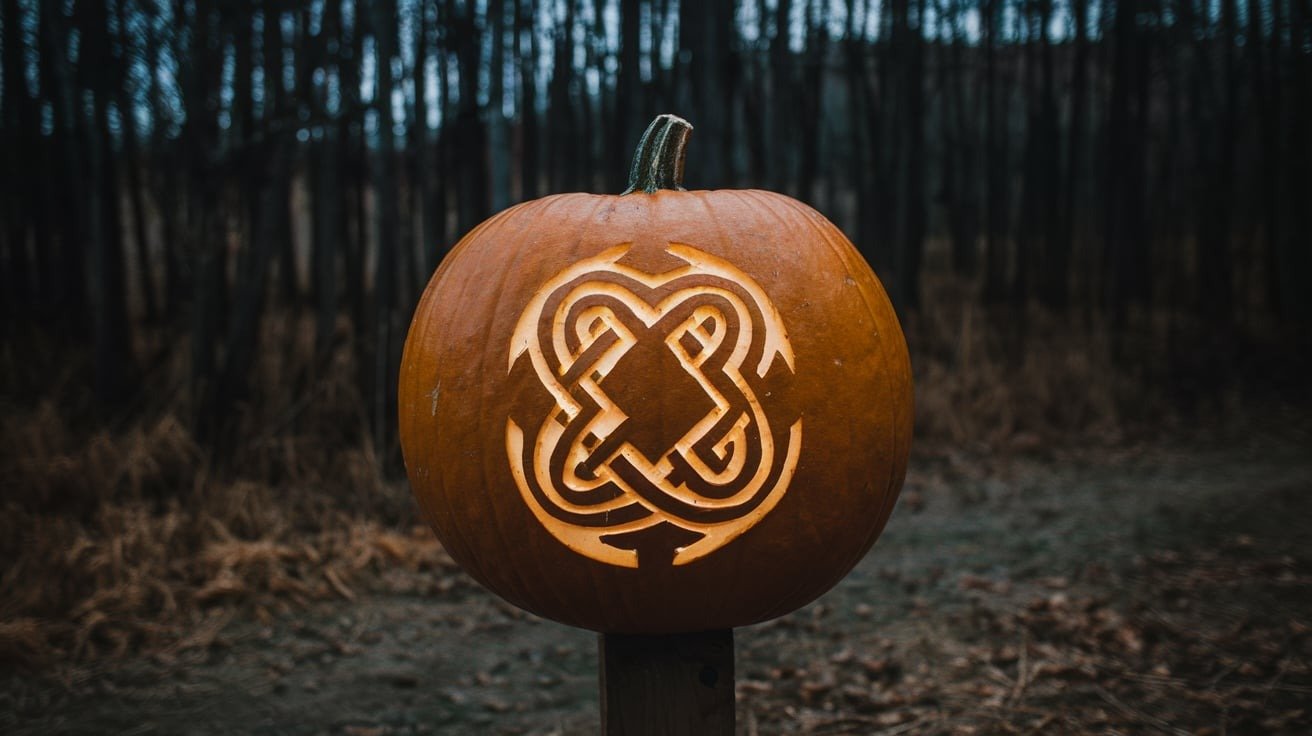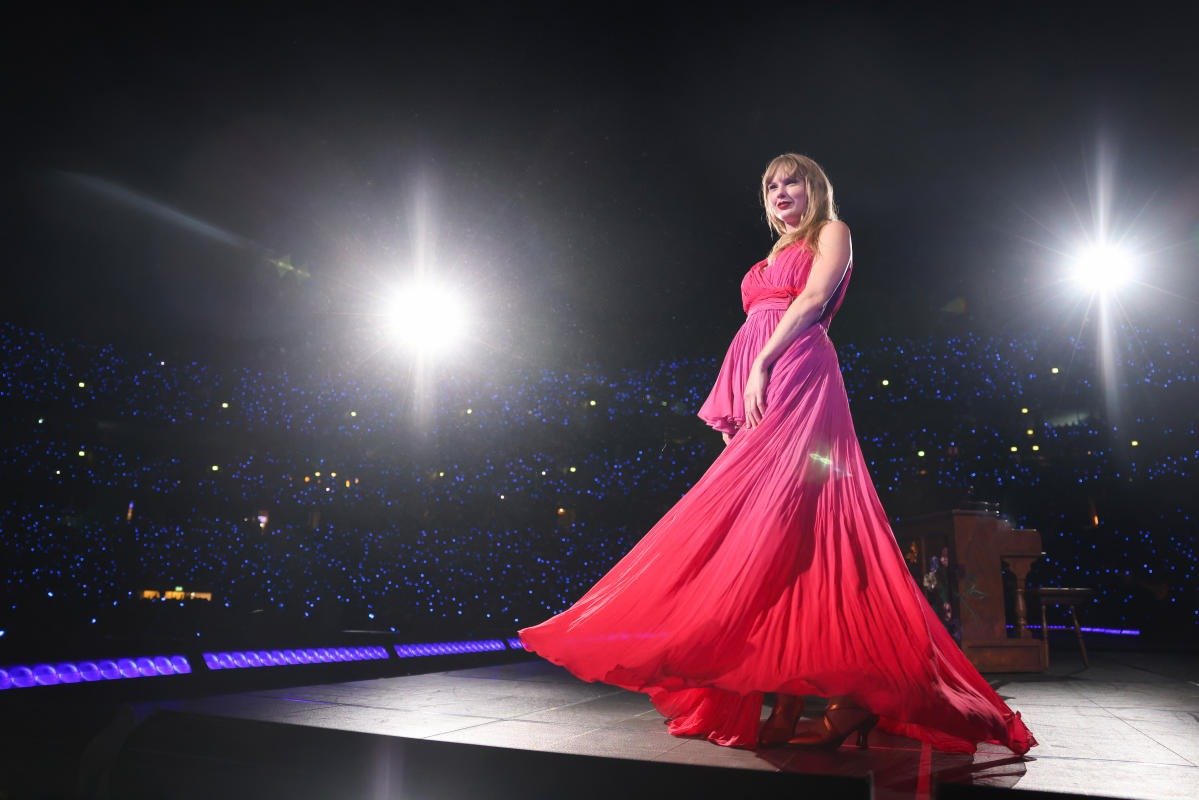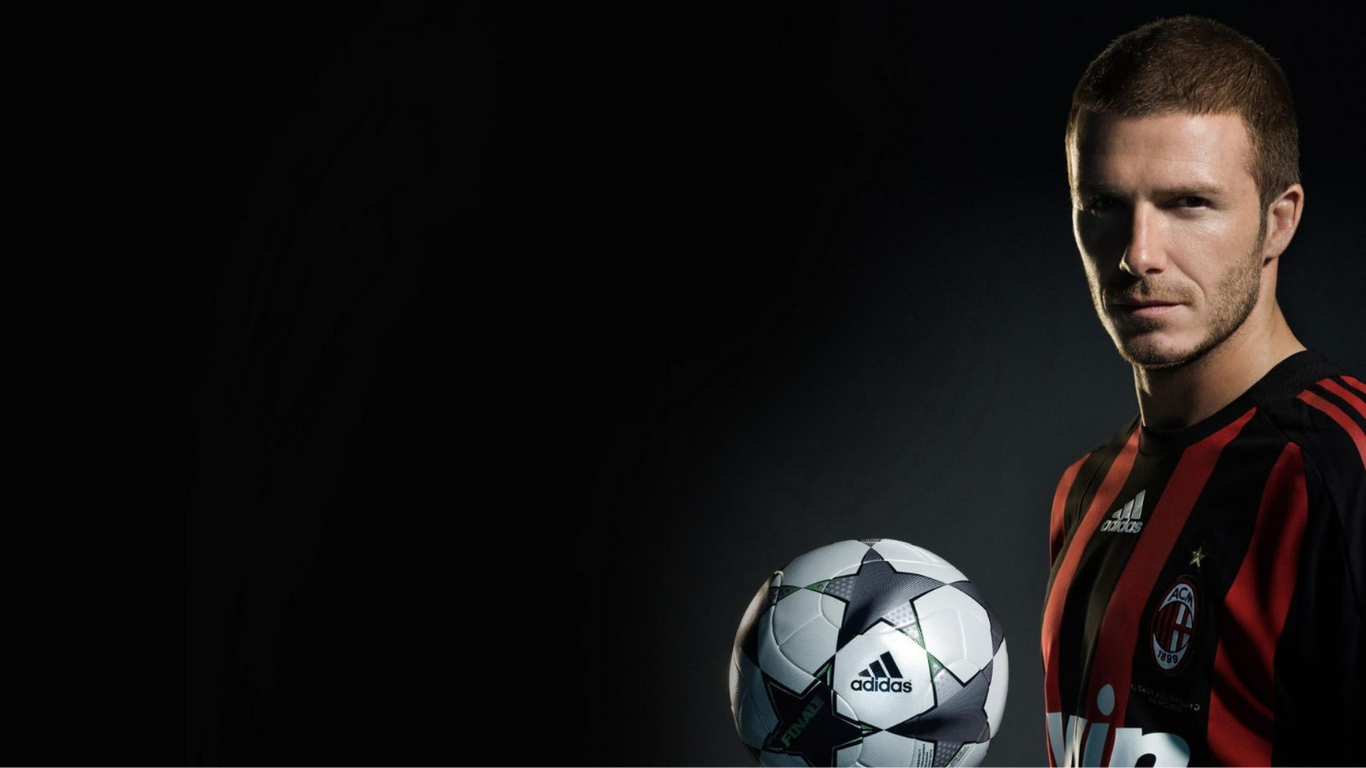
Halloween, a holiday celebrated with costumes, trick-or-treating, and spooky decorations, has a fascinating origin rooted in ancient Celtic traditions. While it may seem like a modern celebration, its history goes back over 2,000 years to the Celts, who lived in what is now Ireland, the United Kingdom, and northern France. The Celts observed a festival called Samhain (pronounced “sow-in”) that marked the end of the harvest and the beginning of the dark, cold winter. This festival played a significant role in shaping the Halloween we celebrate today.
The Festival of Samhain
The Celts believed that the night of October 31st was a special time when the boundary between the living and the dead became blurred. As winter approached, the days grew shorter, and the Celts believed that spirits of the dead could return to Earth during Samhain. They feared that these spirits might cause trouble, such as damaging crops or bringing ill fortune. To appease the spirits and ensure protection from harm, the Celts would light bonfires and offer sacrifices of animals and crops.
During this time, the Celts also believed that Druids (Celtic priests) could communicate with the spirits and make predictions about the future. These prophecies were crucial for survival during the harsh winter months, providing guidance and hope for the coming season. The bonfires also served as a way for the community to gather, celebrate, and protect themselves from any wandering spirits.
Costumes and Disguises
One of the most recognizable aspects of modern Halloween is dressing up in costumes. This tradition has its roots in the Celtic practice of disguising oneself during Samhain. The Celts would wear animal skins and masks to avoid being recognized by the wandering spirits. By blending in, they hoped to avoid any mischief or harm from the spirits. These early costumes were not for fun, as they are today, but were part of a ritual to ensure safety from the supernatural forces believed to be at work.
Over time, the custom of wearing costumes evolved, but the underlying concept of disguising oneself during this time of year has remained. Today, people dress as ghosts, witches, superheroes, and a wide range of characters, but the tradition stems from the ancient belief in the supernatural and the need to protect oneself from it.
Christian Influence and All Hallows’ Eve
As Christianity spread throughout Celtic lands, many of the pagan festivals and traditions were adapted into Christian practices. By the 9th century, the Christian church had established All Saints’ Day, also known as All Hallows’ Day, on November 1st. This day was dedicated to honoring all saints and martyrs. The night before became known as All Hallows’ Eve, which eventually evolved into Halloween.
The Christian church sought to replace the pagan festival of Samhain with a Christian observance, but many of the older traditions persisted. People continued to celebrate with bonfires, costumes, and honoring the dead, blending both Celtic and Christian elements. The connection between the living and the dead remained a central theme, and Halloween became a time to reflect on mortality and the supernatural.
Trick-or-Treating and Modern Traditions
The practice of trick-or-treating has a mixed history that includes influences from Celtic, Christian, and even Roman traditions. During Samhain, the Celts would leave offerings of food and drink outside their homes to appease spirits. Similarly, during the Christian observance of All Souls’ Day on November 2nd, the poor would go door-to-door offering prayers for the dead in exchange for food, a practice known as “souling.” Over time, children began to take up the practice, going from house to house asking for treats in exchange for songs or prayers for the deceased.
In the 19th and early 20th centuries, as Irish and Scottish immigrants brought Halloween to North America, this practice transformed into the modern custom of trick-or-treating. Children would dress in costumes and go door-to-door asking for candy, turning the night into a playful celebration of sweets and fun. Though the spiritual aspect of Halloween has diminished, the idea of appeasing spirits with offerings has continued in a much lighter form.
Pumpkins and Jack-o’-Lanterns
One of the most iconic symbols of Halloween today is the jack-o’-lantern. This tradition also has roots in Celtic folklore. The Celts originally carved turnips and placed burning embers inside to ward off evil spirits. When immigrants brought this practice to the United States, they found that pumpkins, which were more plentiful, were easier to carve. Over time, the jack-o’-lantern became a central part of Halloween decorations, with people carving spooky or funny faces into pumpkins and lighting them with candles.
The legend of Stingy Jack, an Irish folklore tale, further popularized the jack-o’-lantern. According to the story, Stingy Jack tricked the devil several times and was condemned to wander the Earth with only a carved-out turnip to light his way. This tale contributed to the association of carved pumpkins with Halloween.
Conclusion
Halloween as we know it today is a blend of ancient Celtic, Christian, and modern influences. The traditions of Samhain—honoring the dead, wearing costumes, lighting fires, and offering treats—have persisted over millennia, evolving into a holiday that is both fun and eerie. While much of the spiritual significance has faded, the customs of disguises, bonfires, and symbols of the supernatural remain central to the celebration. Every year on October 31st, people around the world partake in these ancient rituals, keeping the spirit of Samhain alive, even in a modern context.
- Published On: September 26, 2024|0 Comments on How to Style Tank Tops for a Trendy Spring Look in 2024|
Subscribe to newsletter
Latest Blogs
Kylian Mbappe, the French football sensation, has officially joined Real […]
David Beckham, a name synonymous with elegance on the football […]
In the digital age, social media has transformed nearly every […]
The traditional office environment, long characterized by cubicles, face-to-face meetings, […]
The integration of artificial intelligence (AI) in healthcare is revolutionizing […]
In recent years, mental health awareness has surged, prompting a […]












